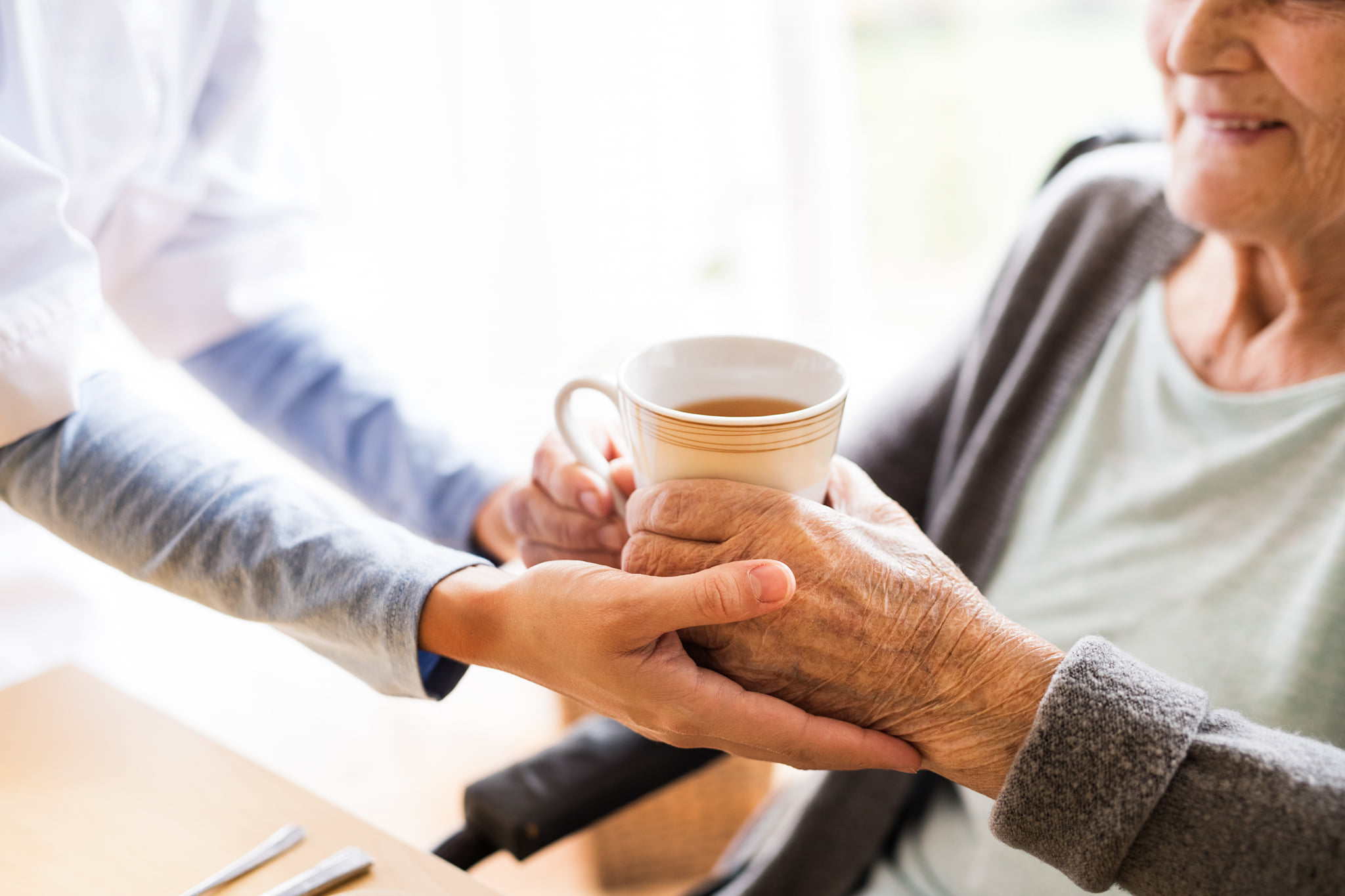Understanding and Treating Low Blood Sugar
The risk of diabetes rises with age, with up to 25% of over 60 year olds dealing with the illness. But while serious, diabetes doesn’t have to rule your life; with some personal care and when properly managed, diabetes can have minimal effect on your overall health. One of the most noticeable and easily managed symptoms of diabetes is hypoglycaemia or low blood sugar — where the levels of sugar (or glucose) in your blood is too high.
In this article, we’ll go over some of the signs of low blood sugar, one quick and proven way of treating low blood sugar, and some ways of ensuring that you don’t have repeated hypoglycaemic events.
Symptoms of Low Blood Sugar
It’s easy to spot the early signs of low blood sugar — it’s one of those things that you just know. If you have a history of low blood sugar or hypoglycaemic events, both you and your personal carer should be aware of the symptoms. If you’ve never experienced one before and are unsure what you’re experiencing is a hypoglycaemic event, the symptoms are:
- Feeling shaky or trembling — particularly in the fingers.
- A fast or pounding heartbeat (palpitations)
- Sweating
- Feeling tired or drained .
- Dizziness
- Hunger
- Tingling lips
- Becoming easily irritated, tearful, anxious or moody
- Turning pale
If hypoglycaemia is left untreated, the symptoms will quickly become much worse and much more noticeable. During advanced hypoglycaemia, the symptoms include:
- Increased weakness
- Blurred vision
- Confusion or difficulty concentrating
- Unusual behaviour, slurred speech or clumsiness
- Noticeable exhaustion
- Seizures or fits
- Collapsing or losing consciousness
A hypoglycaemic event can also happen while you’re sleeping. When this happens, you may wake up during the night, or it might cause headaches, tiredness and intense perforation in the morning.
Treating Low Blood Sugar Quickly
However, while a hypoglycaemic event is a serious issue, it can be quickly treated without contacting your doctor, a carer, or the emergency services. All you need to do is to find a source of glucose — a candy bar or a sugary drink – and consume it. This could be a handful of jelly babies, a small soda, or a chocolate bar.
Alternatively, if the event is occurring near mealtime, you should have a meal with carbohydrates, such as a sandwich or a piece of toast.
Normally, this should be enough to get you feeling better. If symptoms persist, you should have another snack and repeat the process. If you have the equipment to measure your glucose level yourself, you should make sure to monitor it.
If you’re still not feeling better after the second attempt, contact your doctor or a health professional immediately.
Once you’re feeling better, you don’t need to do anything else for the moment. You should make your GP aware of the event the next time you see them, regardless of whether you’re diabetic or not.
Preventing a Low Blood Sugar Event
With some preparation, it’s possible to stop a hypoglycaemic event before it develops into anything even approaching seriousness.
- Always carry a sugary snack or drink with you
- Do not skip meals
- Eat a carbohydrate rich snack, such as toast, if your blood sugar drops too low.
- Be careful when drinking alcohol — do not drink to excess, and make sure you eat a carbohydrate-rich meal as soon as possible afterwards.
- Eat a carbohydrate-rich snack before exercising
- Check your blood level regularly
Contact Hands on Care Today
For more information on dealing with Low Blood Sugar and other signs of diabetes, contact Hands on Care today. Hands on Care offers personal care focussed on the individual; we make sure that our customers have the highest possible level of care while continuing to live independently.

